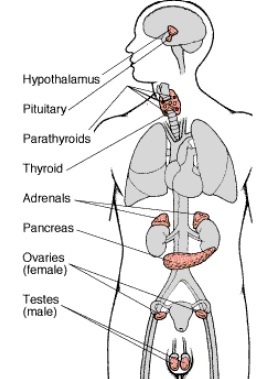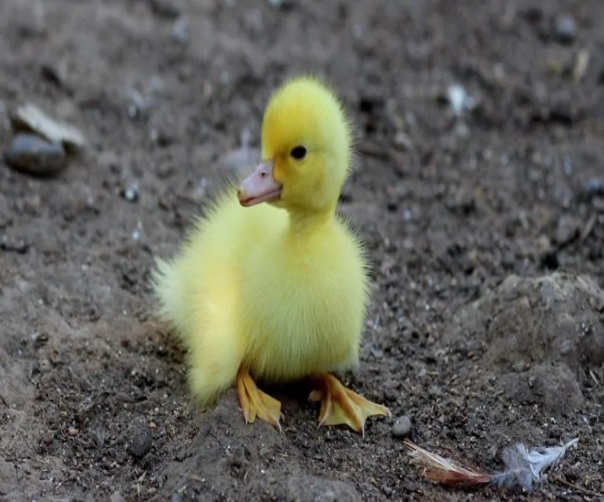Studies and researches that are done in different fields from time to time show increasing complexities in organisms than their ancestors. These studies and evidences show many important evidences of organic evolution.
A. Paleontological Evidences
Impressions of hard organs of ancient plants and animals or their dead remains that are found between rocks of the earth or on them are called as fossils. The branch of Biology which studies fossils is called as Paleontology.
While studying fossils their age is assessed. Their structure is compared with the currently available organisms. In this way assessments are made about their ancestors and lines of evolution are derived. There are following methods of finding out the age of a fossil.
(i) Use of radioactive watch
(ii) Radioactive carbon method
(iii) Potassium Organ method
It is through comparisons also that we can assess the age of a fossil. Fossils found in deeper layers of earth are naturally older than fossils found between upper two layers of the earth. It is through common characters of two fossils that their classification can also be done.
Examples of important fossils
1. Connecting Link
Organisms having characteristics of two groups of organisms are known as connecting links.
For example the fossil of Archaeopteryx lithographia that was found in 1861by Andreas Wagner in Germany had characteristics of both a bird and a Lizard. Streamlined body, presence of feathers on the body, conversion of both the Jaws into beak, and conversion of forelimb into wings are main features of birds that were found in this fossil. Presence of a long tail, similar sized teeth in jaws, making of hand bones and fingers, vertebrae in tail are main features of a reptile that were found in this fossil.
On comparing the characters mentioned above one can conclude that the fossil was either of a reptile or a bird. Rather it was a connecting link between a bird and a reptile.
2. Evolution of Horse
Othneil C. Marsh-1879 presented details of the evolution of horse in 1879. The first fossil of horse was found in the North America. It was named Eohippus.
B. Evidence from Geographical Distribution
Charles Robert Darwin (1809- 1882) reported that when an organism lives in specific area it tries to adjust itself with the environment of that area. Due to this effort so many changes occur in its behavior, physical parts, habits etc. This stage of change is called as adaptation.
According to Darwin when offspring of a parent move to some new area leaving their parent area and start living in that area, they adapt to the environment of that place. Due to adaptations they are so changed that they become very different from their parents and appear as members of a new species.
Darwin proved his thought through the example of Finches of Galapagos Island.
He reported that though these Finches are vegetarians and eat seeds but Finches of this island living in another area became insectivorous due to specific environmental conditions. Due to changes in feeding habits changes in the structures of their beaks occurred and they appeared as members of new species. Thus, due to geographical distribution morphology and behavior of animals change. This is called evolution.
C. Evidences from Anatomy
If we study different organs of plants and animals and compare with the same from their neighbors we get great similarities among them. On the basis of similarities we conclude that the evolution of those animals or plants was from the same ancestors.
A. Homologous Organs
If we compare body organs of different organisms we see many similarities on the basis of origin.
Wings of birds, arms of man, wings of bat, forelegs of a dog, and flippers of whale are internally similar in structure. In the same way tendrils of Passiflora and thorns of Bougainvillea are these types of organs. Such organs of different organisms those are similar in origin but different in function are called as homologous organs.

If we compare structures of brain and heart of vertebrate animals we see great similarities among them. The comparative study of these organs proves evolutionary trends through these organs.
B. Analogous Organs
Organs of living organisms that are similar in functions but different in origin are called as Analogous organs. Examples: feathers of bird, wings of insects, wings of bat, cladode of ruscus, and leaves of rose plant. The study of analogous organs shows that these organs are similar in functions but very different in origin.
C. Vestigial Organs
In different organisms there are different organs that have no use for those organisms. In fact a long period back these organs had their uses but as the time and conditions changed there remained no uses of these organs. These organs are called as vestigial organs.
Examples: nictitating membrane on the eye of a frog is functional but vestigial in man, vermiform appendix of rabbit is functional but vestigial in man, Tail of a monkey is functional but end vertebra of the vertebral column of man is vestigial. Muscles of the ear, canine teeth, muscles of belly, hair on body, mammary glands of man are some other examples.
D. Evidences from embryology
When we study embryos of different animals we see great similarities among them. Thus study of embryology present evidences of evolution. The biologist of Germany named Haeckel (1834-1919) studied embryos of many different animals and proposed Biogenetic Law on the basis of his studies.
According to the Biogenetic Law-
Every organism repeats the history of its evolution in its evolution. If we compare embryos of fish, salamander, hen, and man we see vast similarities.
Thus it can be concluded that organisms of similar embryos might have evolved from the similar organisms but differences in those organisms might have evolved through evolution.
As we see different fields of biology present different evidences of organic evolution we see numerous evidences of evolution are found in other fields of biology as well like Taxonomy, genetics, biochemistry etc.
Images : NCERT




